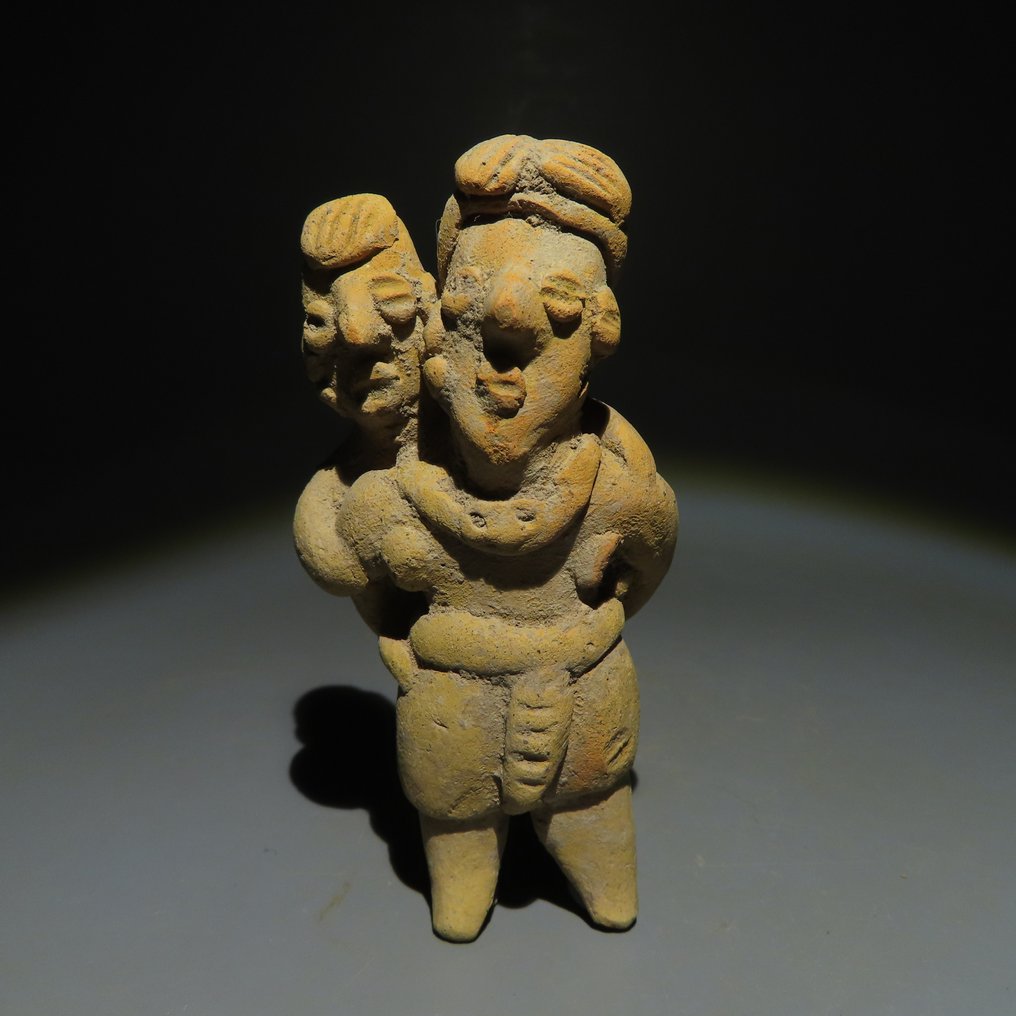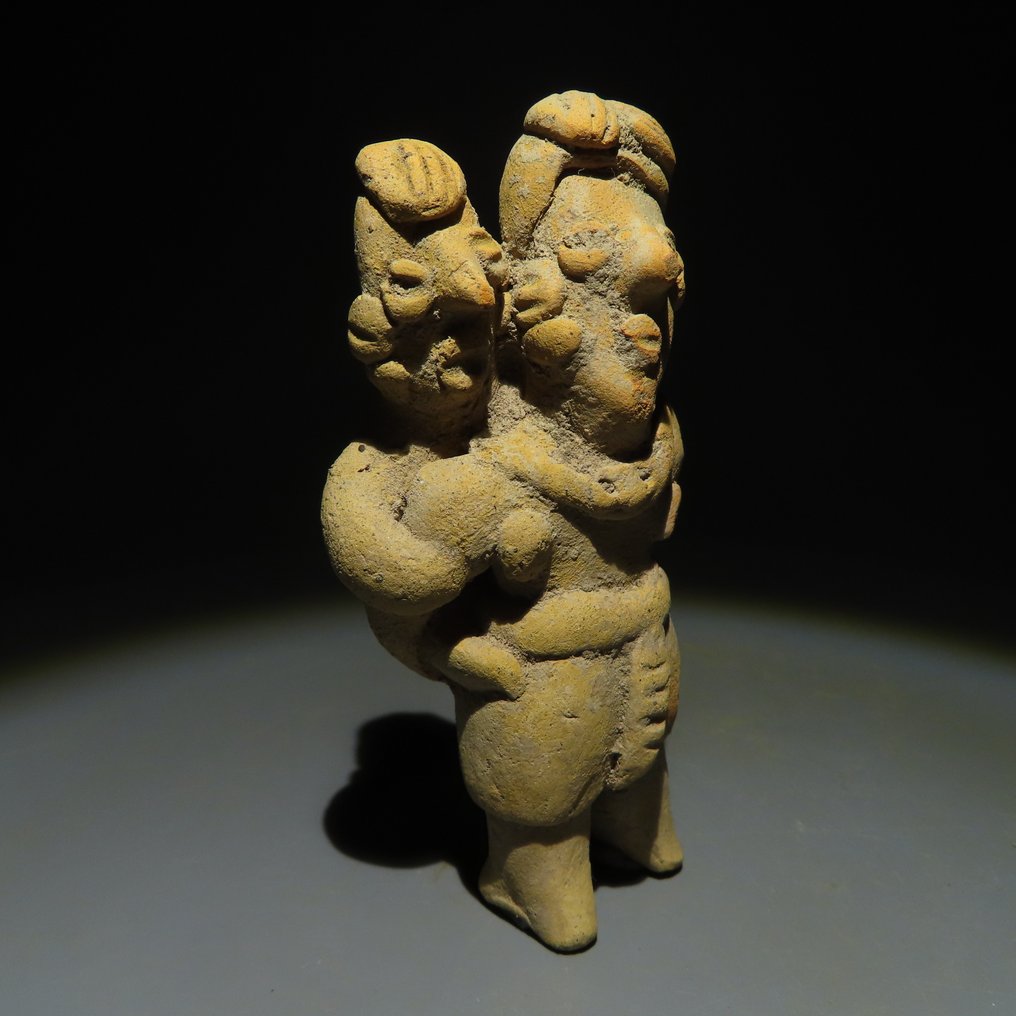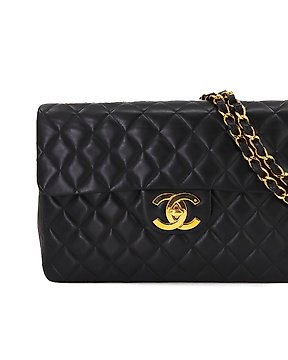Forbehold
Selger garanterer og kan bevise at objektet ble lovlig skaffet. Selger ble informert av Catawiki at de måtte skaffe dokumentasjonen som er påkrevd av lover og regler i deres bostedsland. Selger garanterer og har rett til å selge/eksportere dette objektet. Selger må skaffe all herkomst informasjon som er kjent for objektet til kjøper. Selger forsikrer at alle nødvendige tillatelser er/vil bli skaffet. Selger vil informere kjøper umiddelbart om det er forsinkelser ved å få tak i slike tillatelser.
Selger garanterer og kan bevise at objektet ble lovlig skaffet. Selger ble informert av Catawiki at de måtte skaffe dokumentasjonen som er påkrevd av lover og regler i deres bostedsland. Selger garanterer og har rett til å selge/eksportere dette objektet. Selger må skaffe all herkomst informasjon som er kjent for objektet til kjøper. Selger forsikrer at alle nødvendige tillatelser er/vil bli skaffet. Selger vil informere kjøper umiddelbart om det er forsinkelser ved å få tak i slike tillatelser.












